Burning Bush Tree: The Ultimate Guide To Growing Caring For This Beautiful Fall Foliage Shrub
Title: Burning Bush Tree: The Ultimate Guide to Growing & Caring for This Beautiful Fall Foliage Shrub
Introduction:
The Burning Bush tree (Euonymus alatus) is a popular landscaping shrub known for its stunning fall foliage. In the fall, the leaves of the Burning Bush turn a bright red or orange color, creating a beautiful contrast against the green leaves of other plants. Burning Bush trees are also relatively easy to care for, making them a good choice for even novice gardeners.
In this blog post, we will provide an overview of Burning Bush trees, including their history, appearance, and growing requirements. We will also discuss how to care for Burning Bush trees, including pruning, watering, and fertilizing. By the end of this post, you will have all the information you need to successfully grow and care for a Burning Bush tree in your own yard.
Main Content:
History of Burning Bush Trees
The Burning Bush tree is native to Asia, where it has been cultivated for centuries. The tree was introduced to Europe in the 16th century, and it was brought to North America in the 18th century. Burning Bush trees are now widely planted throughout the world, and they are a popular choice for landscaping in both urban and rural areas.
Appearance of Burning Bush Trees
Burning Bush trees are deciduous shrubs or small trees that can grow up to 20 feet tall. The leaves of the Burning Bush are oval-shaped and have a pointed tip. The leaves are green in the spring and summer, but they turn a bright red or orange color in the fall. Burning Bush trees also have distinctive corky wings that grow along the stems. These wings give the Burning Bush tree its name.
Growing Requirements of Burning Bush Trees
Burning Bush trees are relatively easy to grow. They prefer full sun, but they can also tolerate partial shade. Burning Bush trees are adaptable to a wide range of soil types, but they prefer well-drained soil. Burning Bush trees are drought-tolerant once they are established, but they do benefit from regular watering during the first year after planting.
Caring for Burning Bush Trees
Burning Bush trees are relatively low-maintenance shrubs. They only need to be pruned once a year, in the late winter or early spring. Burning Bush trees can be fertilized in the spring, but this is not necessary. Burning Bush trees are susceptible to a few pests and diseases, but they are generally easy to keep healthy.
Pruning Burning Bush Trees
Burning Bush trees should be pruned once a year, in the late winter or early spring. The goal of pruning is to remove dead, diseased, or damaged branches. You can also prune Burning Bush trees to shape them or to control their size.
Watering Burning Bush Trees
Burning Bush trees are drought-tolerant once they are established, but they do benefit from regular watering during the first year after planting. Water your Burning Bush tree deeply once a week during the first year. After that, you can water your tree less often, but it is still important to water it during dry periods.
Fertilizing Burning Bush Trees
Burning Bush trees do not need to be fertilized often. You can fertilize your Burning Bush tree in the spring with a balanced fertilizer. However, fertilizing is not necessary for healthy growth.
Conclusion
Burning Bush trees are beautiful and easy-to-care-for shrubs that can add a touch of fall color to your landscape. With proper care, Burning Bush trees can thrive for many years.
If you are interested in learning more about the burning bush tree, I recommend visiting Garden Wiki. This website has a wealth of information about the plant, including its history, care, and cultivation.
FAQ of burning bush tree
- What is a burning bush tree?
A burning bush tree (Euonymus alatus) is a deciduous shrub or small tree that is native to eastern Asia. It is known for its bright red leaves in the fall, which give it the appearance of being on fire. Burning bush trees are relatively easy to care for and can tolerate a wide range of conditions.
- How tall does a burning bush tree grow?
Burning bush trees can grow to be 10-20 feet tall, but they are often kept smaller through pruning.
- When does a burning bush tree bloom?
Burning bush trees bloom in the spring, with small white flowers that are followed by orange or red fruits.
- How do you care for a burning bush tree?
Burning bush trees are relatively low-maintenance plants. They need full sun or partial shade and well-drained soil. They should be watered regularly during the growing season, but they are drought-tolerant. Burning bush trees do not need to be fertilized often, but a light application of fertilizer in the spring can help to promote new growth.
- How do you prune a burning bush tree?
Burning bush trees can be pruned in late winter or early spring. The goal of pruning is to maintain the shape of the tree and remove any dead, diseased, or damaged branches. You can also prune burning bush trees to encourage new growth.
- What are some common problems with burning bush trees?
Some common problems with burning bush trees include:
* Scale insects: Scale insects can suck the sap from burning bush trees, causing leaves to yellow and drop.
* Powdery mildew: Powdery mildew is a fungus that can cause white spots to appear on the leaves of burning bush trees.
* Leaf spot: Leaf spot is a fungus that can cause brown or black spots to appear on the leaves of burning bush trees.
- How do you prevent problems with burning bush trees?
You can help to prevent problems with burning bush trees by:
* Planting in a sunny location: Burning bush trees need full sun or partial shade to thrive.
* Watering regularly: Burning bush trees should be watered regularly during the growing season.
* Fertilize occasionally: A light application of fertilizer in the spring can help to promote new growth and prevent problems.
* Inspecting for pests and diseases: Inspect your burning bush trees regularly for signs of pests and diseases.
Image of burning bush tree
- Euonymus alatus (burning bush) in full bloom.
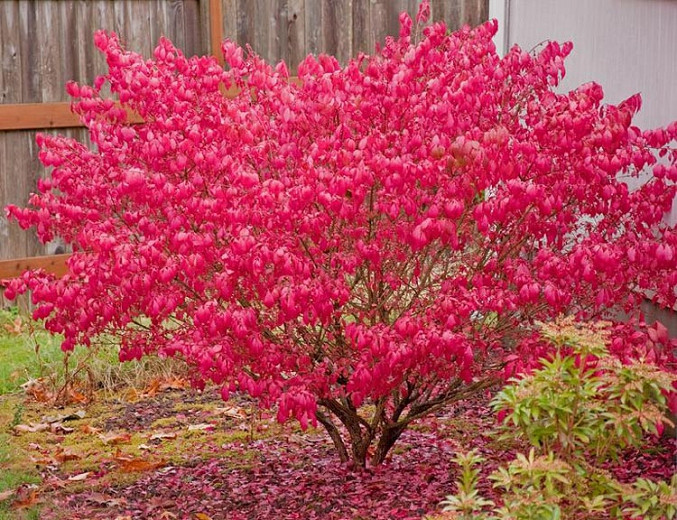
- A close-up of the leaves of a burning bush tree.
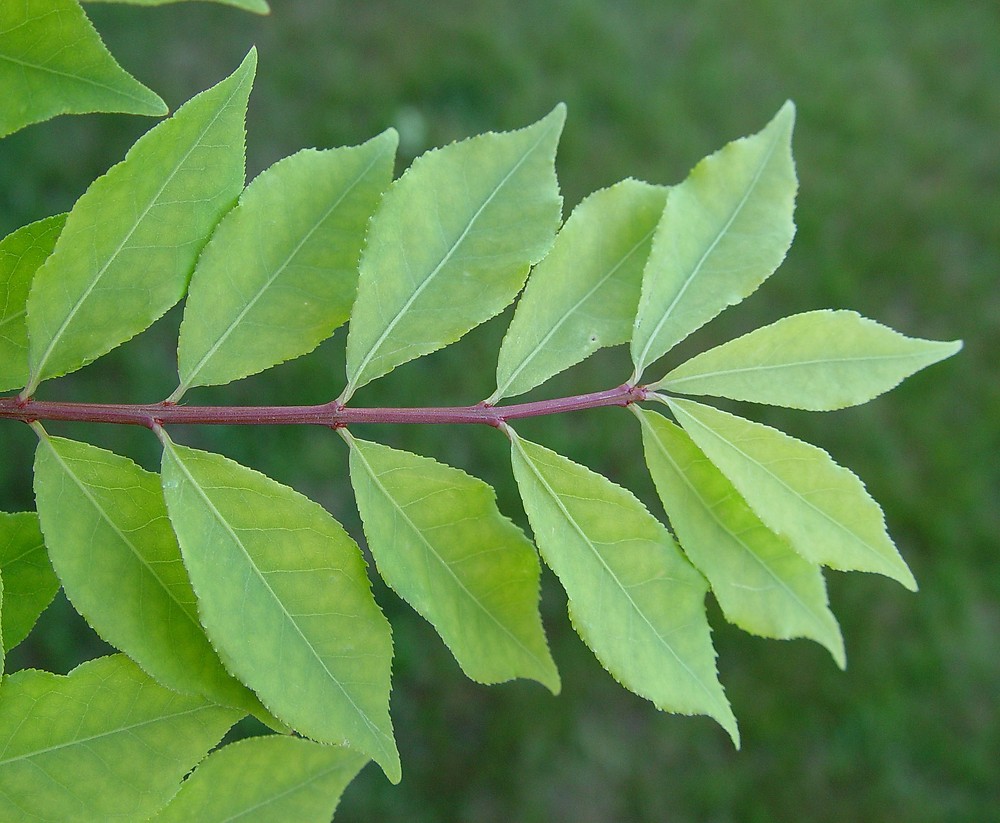
- The red fruits of a burning bush tree in the fall.
- A burning bush tree in a garden setting.
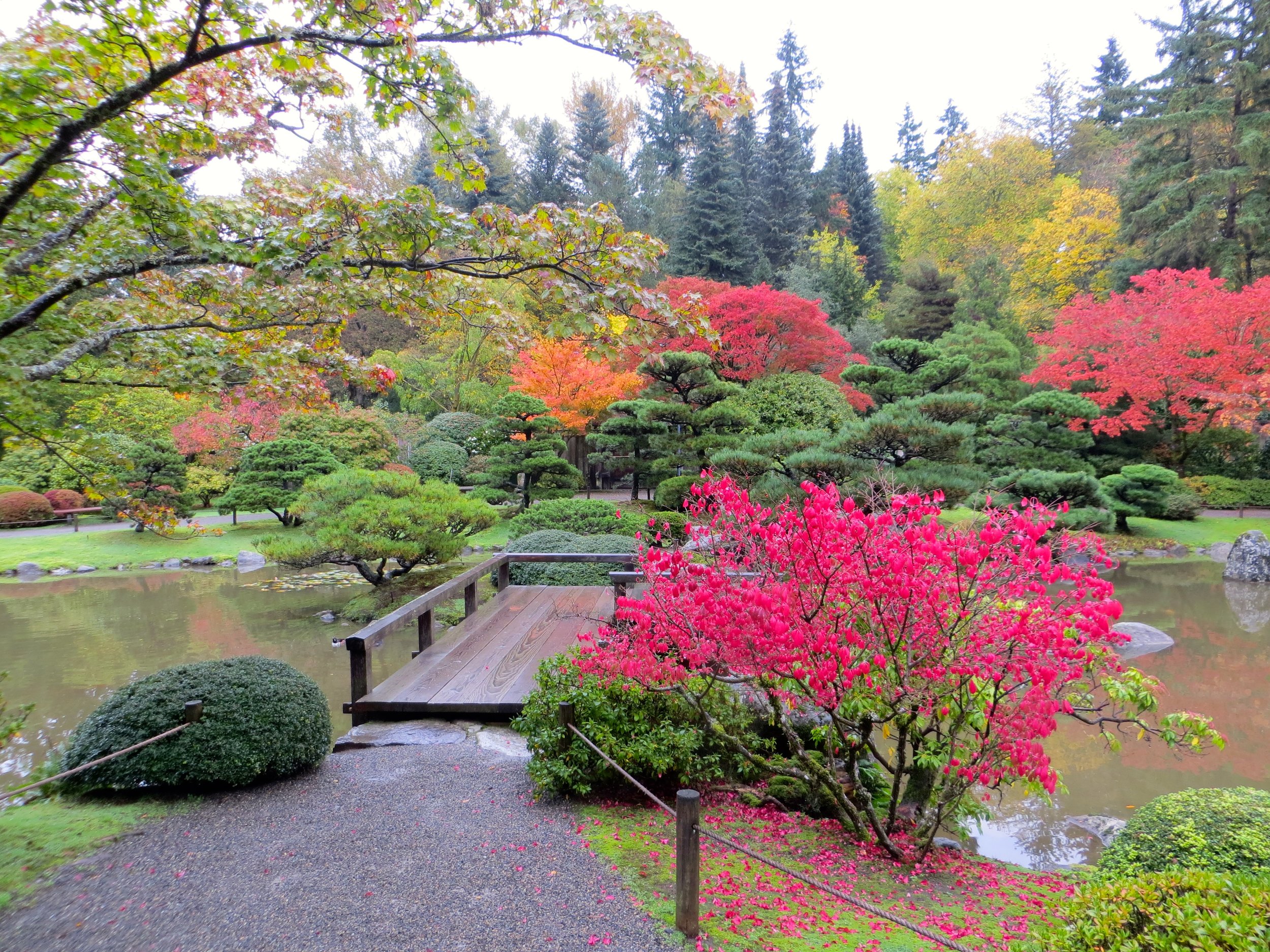
- A burning bush tree in a forest setting.

- A burning bush tree with its leaves turning red in the fall.
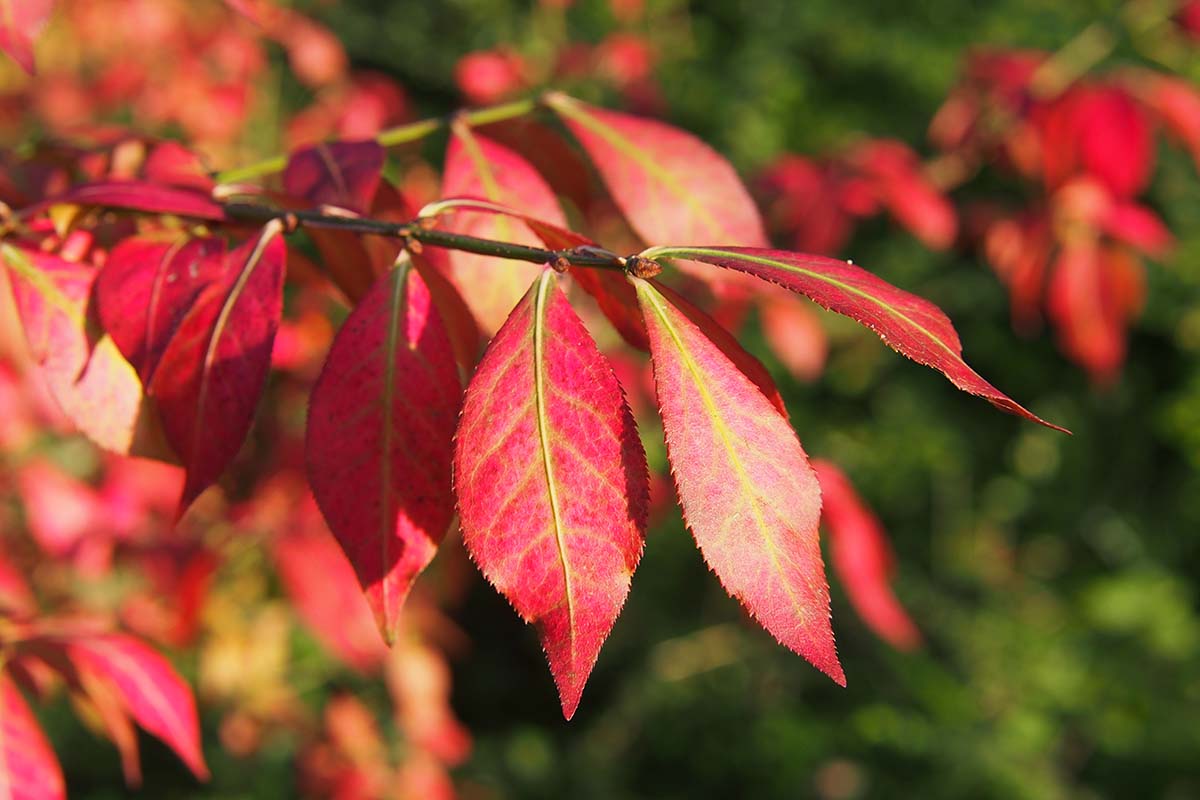
- A close-up of the flowers of a burning bush tree.
- A burning bush tree in a pot on a patio.

- A burning bush tree in a hedgerow.
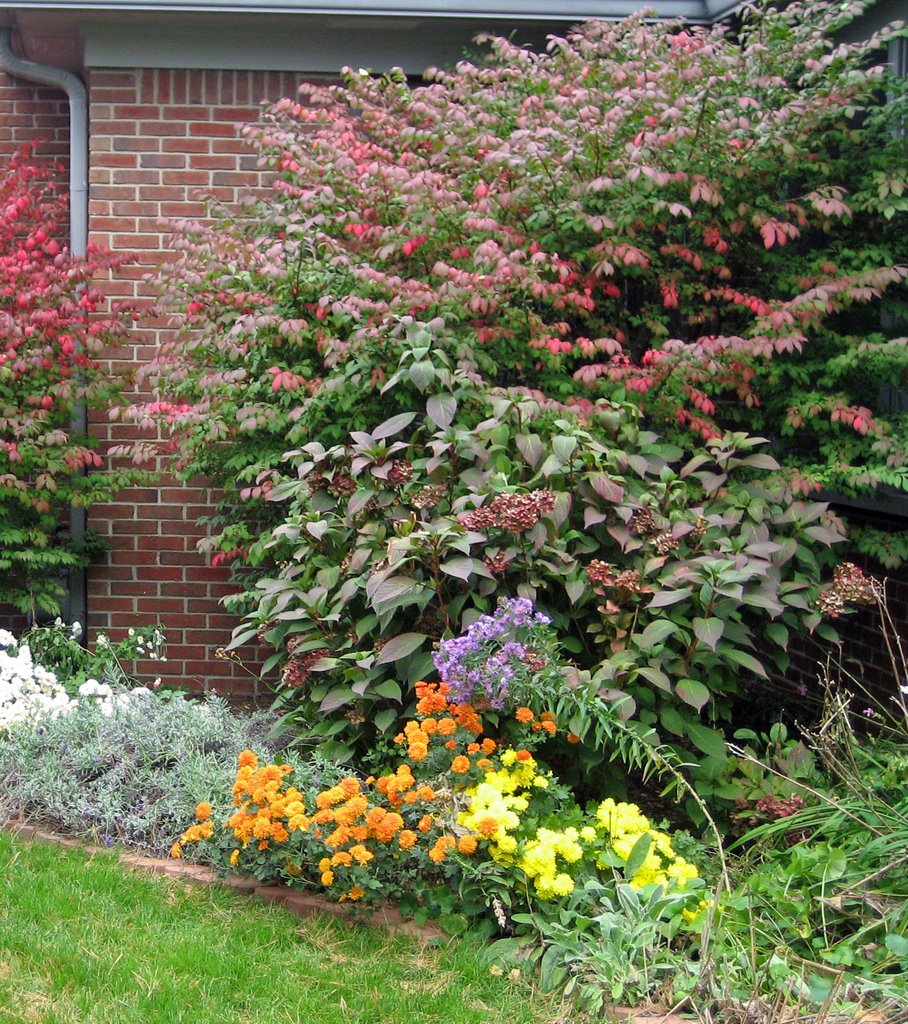
- A burning bush tree in a winter landscape.


Post a Comment for "Burning Bush Tree: The Ultimate Guide To Growing Caring For This Beautiful Fall Foliage Shrub"